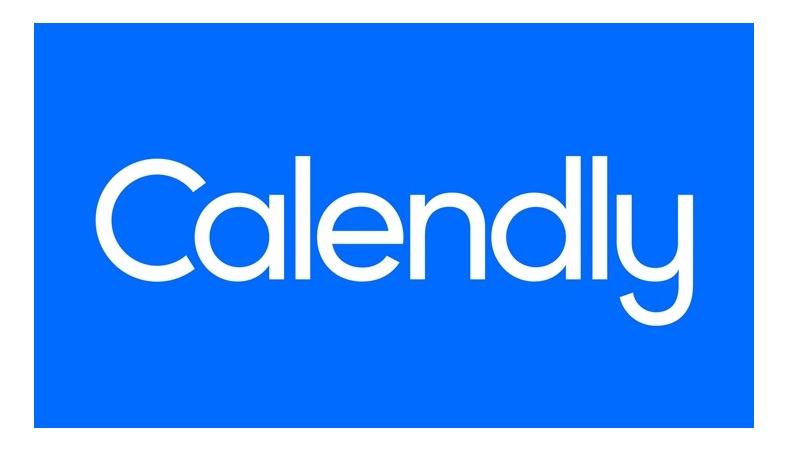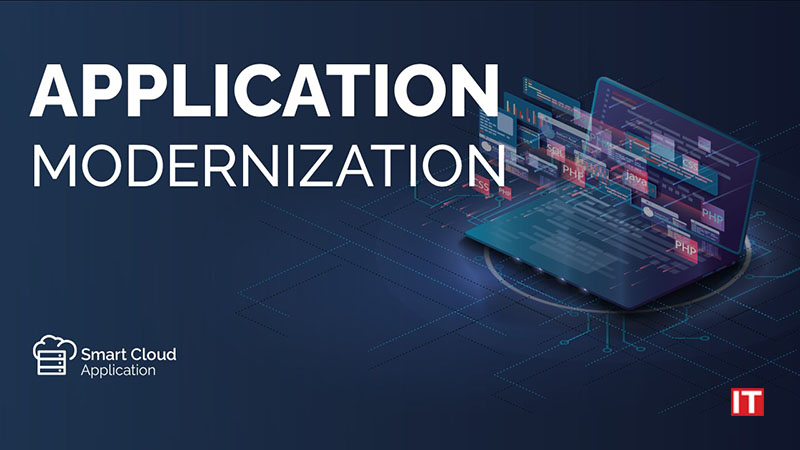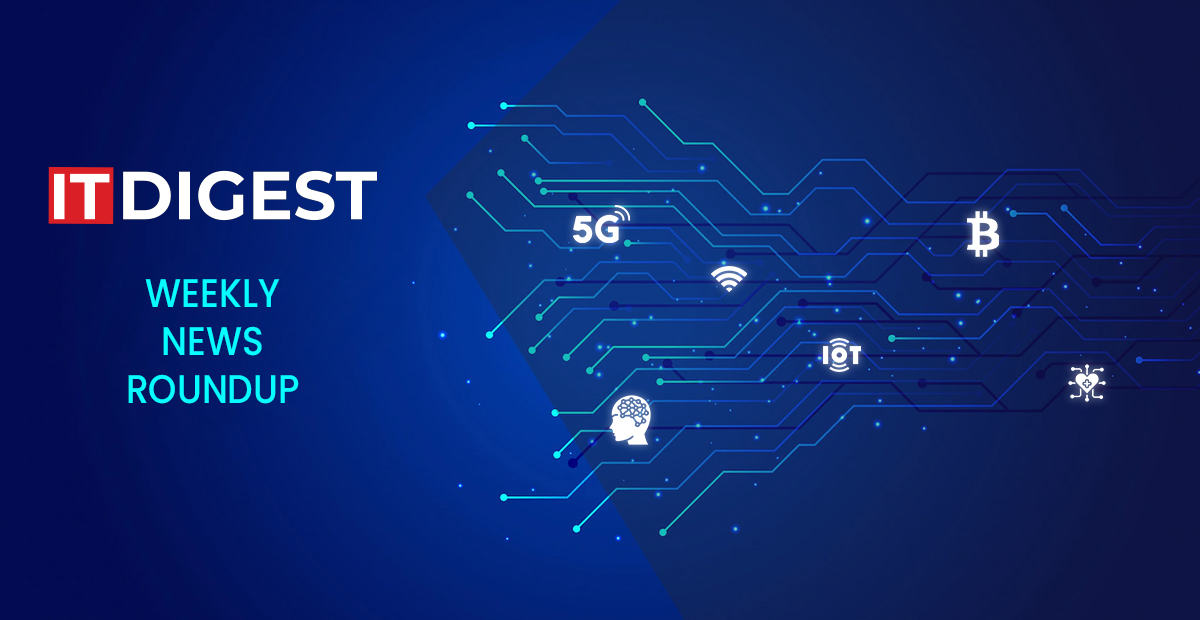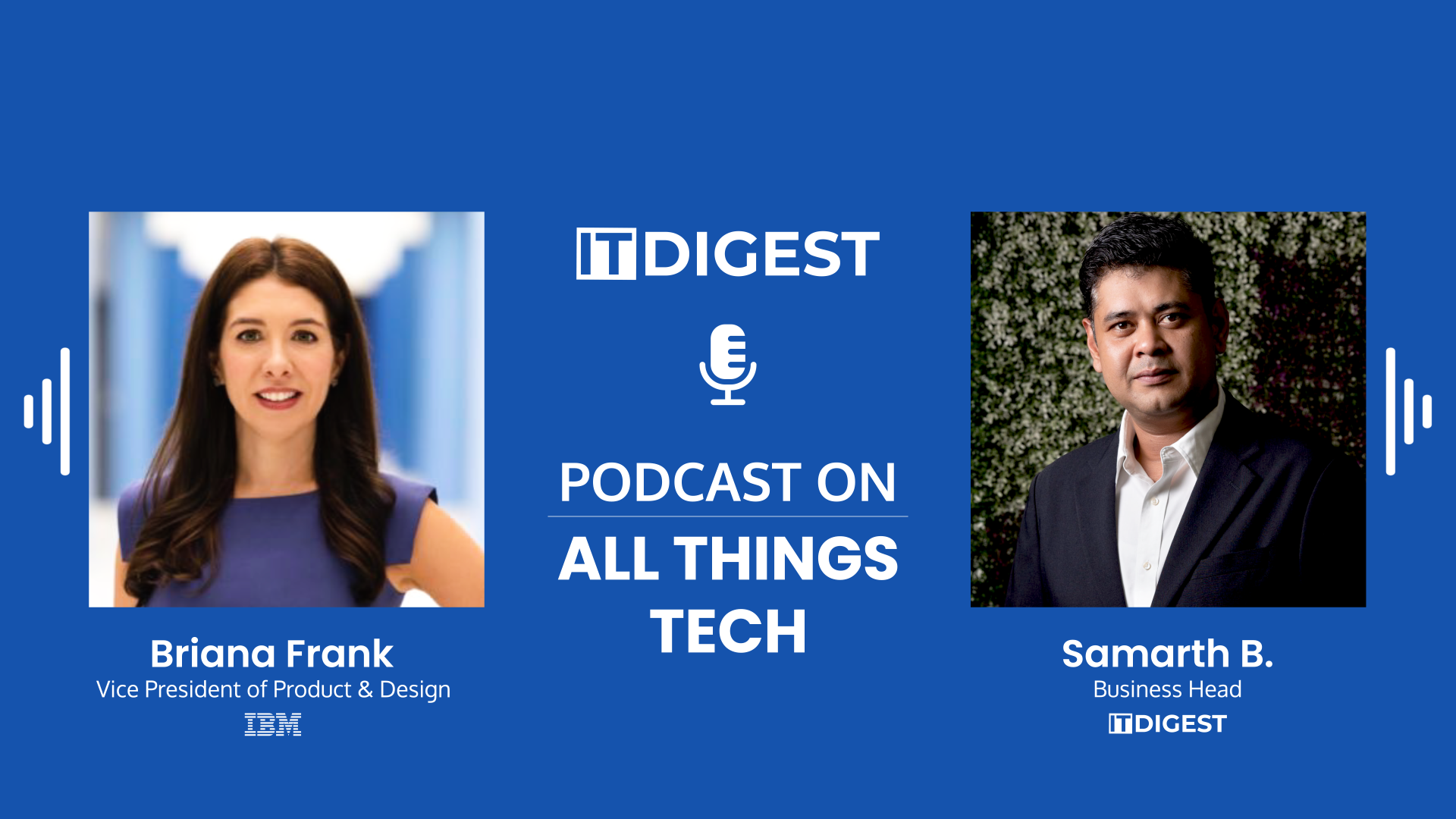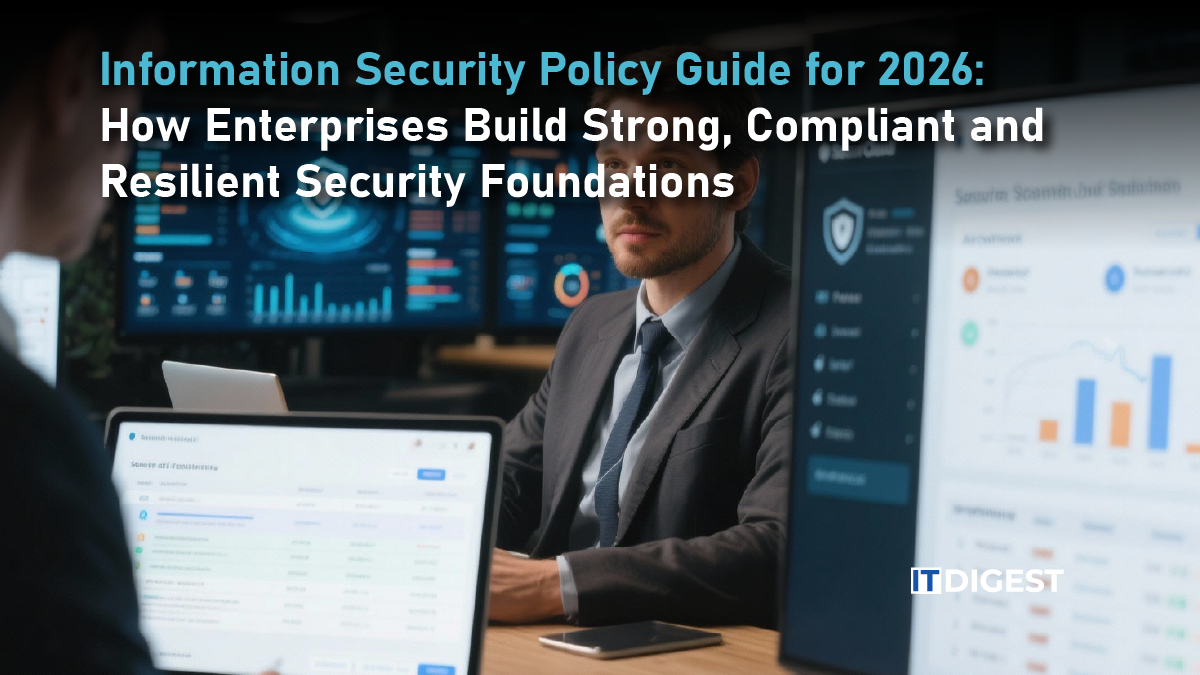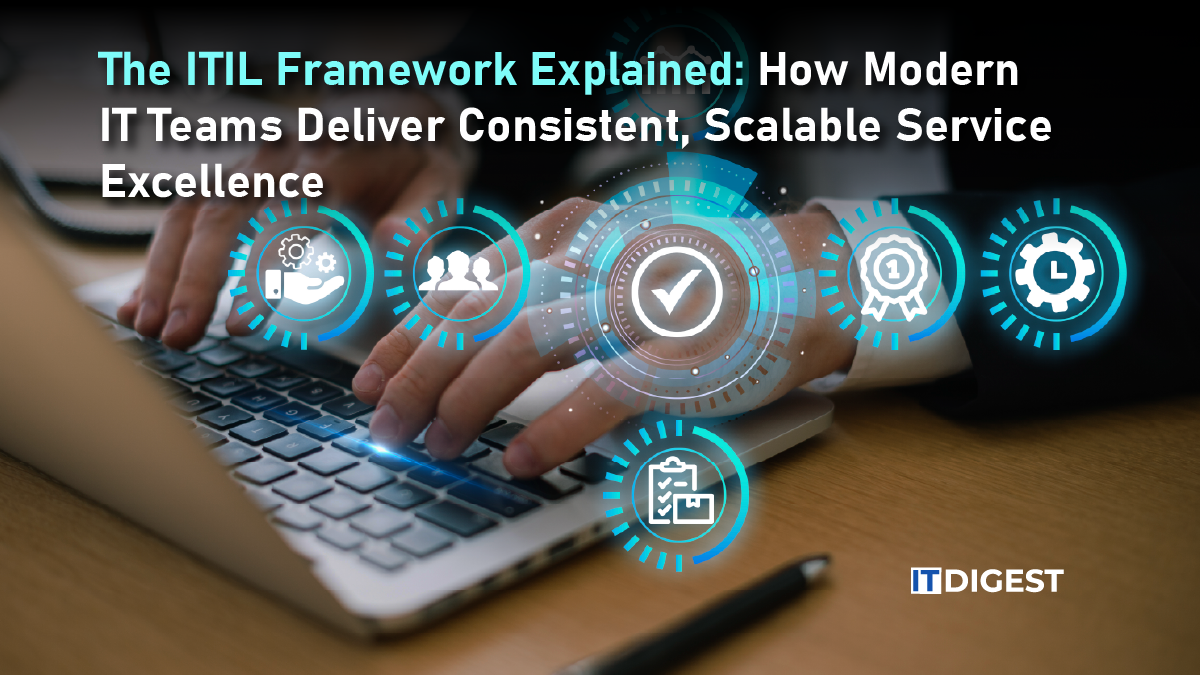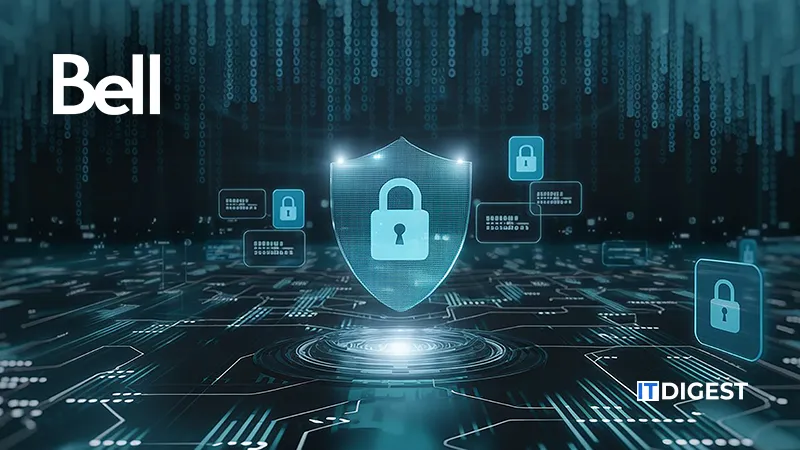In today’s integrated global community, businesses face a transformative scene of cyber threats. In an age where ransomware thrives and data leaks abound, robust security is essential. Threat Management Platforms (TMPs), guardians of the virtual space, provide a comprehensive defense strategy: pinpointing vulnerabilities, quelling threats, and launching rapid responses. With TMPs to assist, businesses can stand resilient against the relentless tide of cybercriminals.
What is a Threat Management Platform?
A Threat Management Platform (TMP) is a consolidated solution that helps organizations forehandedly detect, examine, and respond to digital threats. These platforms combine several security functions such as threat intelligence, incident response, and vulnerability management into a single, comprehensive system. In this way, they provide an overall understanding of an organization’s security strength level and sanction more systematic decision-making.
TMPs feature multiple crucial elements that intensify an organization’s cyber safety measures. They combine threat intelligence from various sources to provide understanding about developing threats and susceptibilities in real time. Automated threat response allows the system to detect and fast-track threat management, reducing possible damage. The Security Information and Event Management (SIEM) application is works as a digital guardian. It scans the vast landscape of networks, endpoints, and cloud environments, uncovering fraudulent activity and potential malware. Apart from this oversight, Trusted Monitoring Professionals (TMPs) conduct daily vulnerability assessments. They pinpoint weaknesses in an organization’s framework and devise actionable steps to fortify its defenses. They also use User Behavior Analytics (UBA) to observe activities of users and detect irregularities that may indicate internal threats or breached accounts. Additionally, conformity and reporting features help organizations meet regulatory requirements by producing thoroughly detailed security reports.
Benefits of Implementing a Threat Management Platform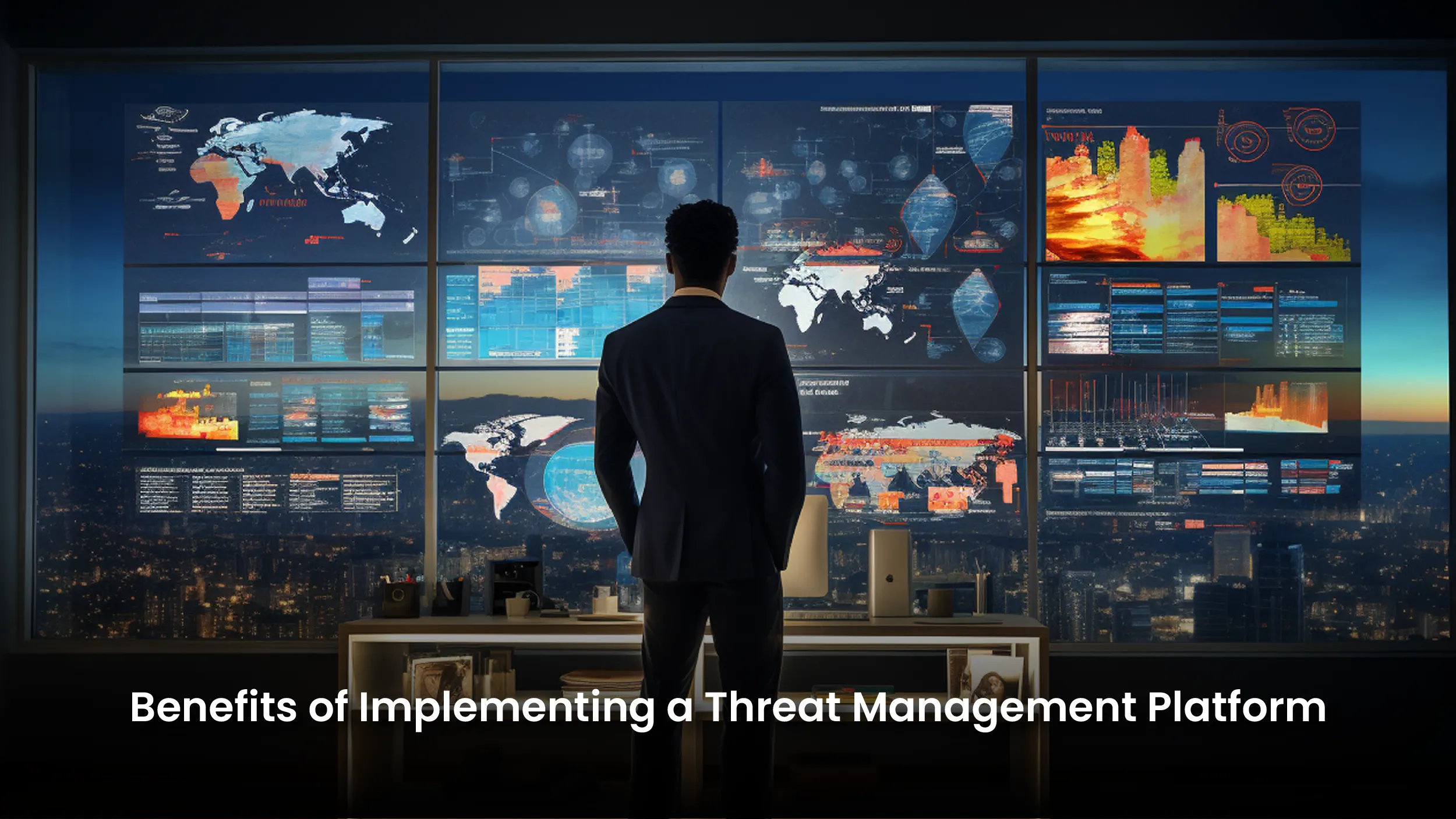
Putting a TMP into action offers multiple advantages for businesses of all sizes, which include:
- Improved Threat Detection and Response
By implementing artificial intelligence and machine learning, TMPs can identify possible threats quicker than traditional security measures. - Enhanced Efficiency
Automation minimizes manual efforts, enabling security teams to focus on strategic tasks rather than constant monitoring. - Cost Savings
A consolidated approach to threat management can reduce operational costs by integrating multiple security tools into a single platform. - Regulatory Compliance
Industries like healthcare and finance thrive with TMPs at their side. Their built-in compliance frameworks tackle strict regulations, making life easier. With GDPR and HIPAA as guiding lights, these frameworks ensure companies stay on track. - Reduced Downtime
Rapid detection and response to threats help prevent downtime and protect important business operations.
Also Read: Cybersecurity Awareness Month 2024: Key Takeaways for Enterprises
How to Choose the Right Threat Management Platform
Choosing the perfect TMP is like crafting a personalized toolkit. Several factors must be considered to ensure a precise fit for your organization’s unique needs. Here are the key ingredients to keep in mind:
- Scalability
An ideal platform should evolve alongside your thriving business. As you expand, it has to adapt effortlessly to meet emerging security challenges. - Integration Capabilities
Look for a solution that seamlessly integrates with existing security tools and IT infrastructure. - User-Friendly Interface
A well-designed dashboard and reporting system can simplify security management and facilitate decision-making. - Customization Options
Choose a platform that allows tailored security policies based on your organization’s unique risk profile. - Vendor Support and Reliability
Opt for a provider with a proven track record, excellent customer support, and regular updates to stay ahead of emerging threats.
Here are some well-known Threat Management Platforms (TMPs) that organizations use to enhance their cyber security defenses:
- IBM Security QRadar
- A leading SIEM and threat management solution that offers live threat detection, automatic generated responses, and predictive analytics.
- Key Features: Threat intelligence integration, compliance reporting, user behavior analytics.
- Microsoft Defender for Endpoint
- An overarching endpoint protection platform that provides upgraded threat detection and automatic recovery.
- Key Features: AI-driven security, active monitoring, effortless integration with Microsoft 365.
- Palo Alto Networks Cortex XDR
- A powerful extended detection and response (XDR) solution that integrates network, endpoint, and cloud security to prevent and limit potential threats.
- Key Features: Machine learning-based threat detection, behavioral analytics, automated response.
- Splunk Enterprise Security
- A robust security information and event management (SIEM) platform that offers live visibility and analysis across an organization’s IT environment.
- Key Features: Incident inspection, compliance reporting, and user behavior analytics.
- McAfee MVISION
- A cloud-native threat management platform that delievers endpoint security, cloud security, and adversary intelligence.
- Key Features: Centralized management of threats, AI-based risk identification, and compliance automation.
- Trend Micro Deep Security
- An all-encompassing security platform designed for combined cloud infrastructure, offering protection against malware, vulnerabilities, and unsanctioned access.
- Key Features: Intrusion mitigation, regulatory automation, application control.
- Cisco SecureX
- A consolidated security platform that provides prominence, automation, and coordination across several security tools.
- Key Features: Threat intelligence, endpoint protection, incident response automation.
- CrowdStrike Falcon
- A cloud-native endpoint protection platform that uses AI to detect and defend against advanced threats.
- Key Features: Endpoint detection and response (EDR), proactive threat hunting, immediate incident response.
- FireEye Helix
- A security operations platform that offers advanced threat detection, forensic examination, and the ability to respond in real time.
- Key Features: Threat intelligence, automated workflows, and combined threat hunting.
- Check Point Infinity
- A consolidated security architecture that provides modern prevention of threat across networks, endpoints, and cloud environments.
- Key Features: Zero Trust security model, real-time threat prevention, centralized security control.
Each of these platforms offers exceptional capabilities specialized for different business needs and security requirements. Selecting the right one depends on factors such as the size of the organization, industry, regulatory requirements, and already existent security infrastructure.
Real-World Examples of Threat Management in Action
To gain a better understanding about the impact of TMPs, let’s look at a few live scenarios:
- Case Study 1: Financial Sector
A leading bank deployed TMP to fight against phishing attacks that targeted customer accounts. The platform’s AI-driven detection lowered down fraud cases by 40% during the first year. - Case Study 2: Healthcare Industry
A hospital network made use of a TMP to assure conformity with HIPAA regulations. Automated threat detectors identified and addressed 75% of security gaps in a span of six months. - Case Study 3: E-commerce Business
An online retailer faced repeated DDoS attacks that affected the sales. By combining TMP with user behavior analytics, they decreased the amount of threats in real time, building customer trust.
Future Trends in Threat Management Platforms
The landscape of threat management is constantly changing. Some developing trends include:
- AI and Machine Learning Advancements
Expect more sophisticated AI algorithms capable of anticipating and restraining threats before they occur. - Zero Trust Security Models
Organizations are opting for Zero Trust frameworks to reduce the amounts of internal and external risks. - Cloud-Native Security Solutions
As cloud adoption is on the rise, TMPs are focused towards safeguarding multi-cloud environments with proactive threat mitigation. - IoT Security Integration
With the growth of IoT devices, TMPs are increasing their capabilities to detect and mitigate weaknesses in joint systems.
Conclusion
In an era where cyber threats are increasing in sophistication and number, utilizing a Threat Management Platform is no longer an option but a necessity. Businesses must opt for preventive security measures to protect their virtual assets, customer data, and brand reputation. By selecting the right TMP, organizations can stay ahead of cyber threats and ensure a strong security posture for years to come.
Are you ready to upgrade your cyber security strategy? Explore multiple TMP solutions and take the first step towards a more secure digital future.



